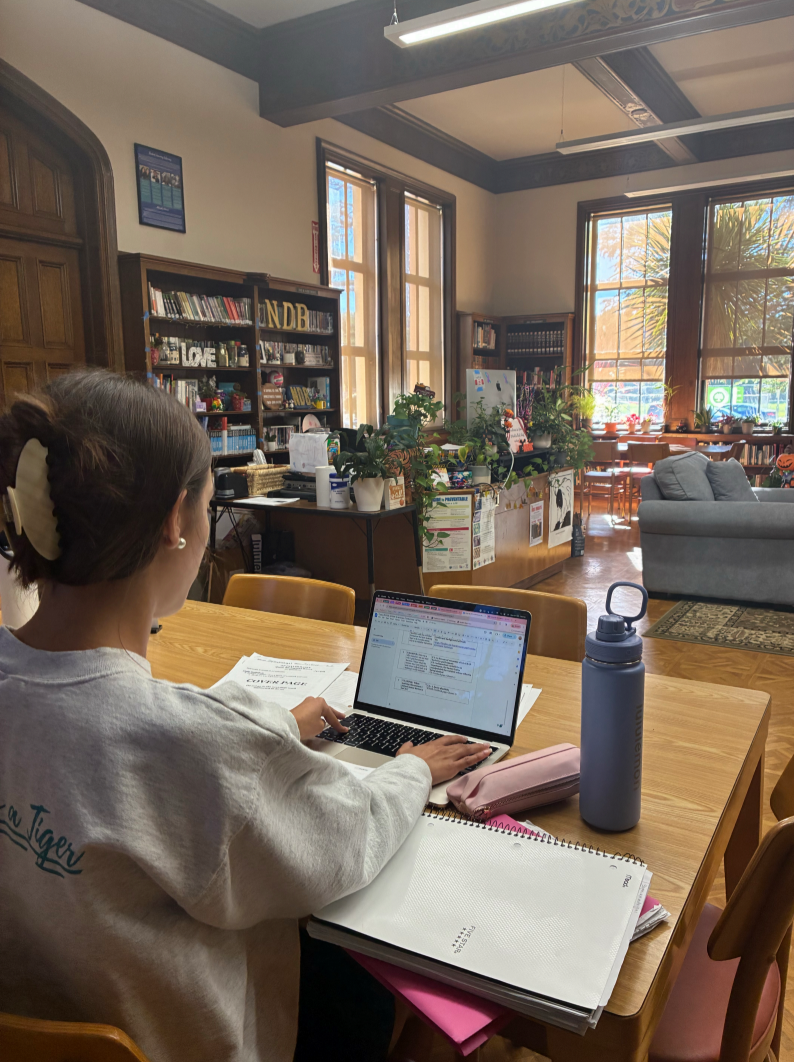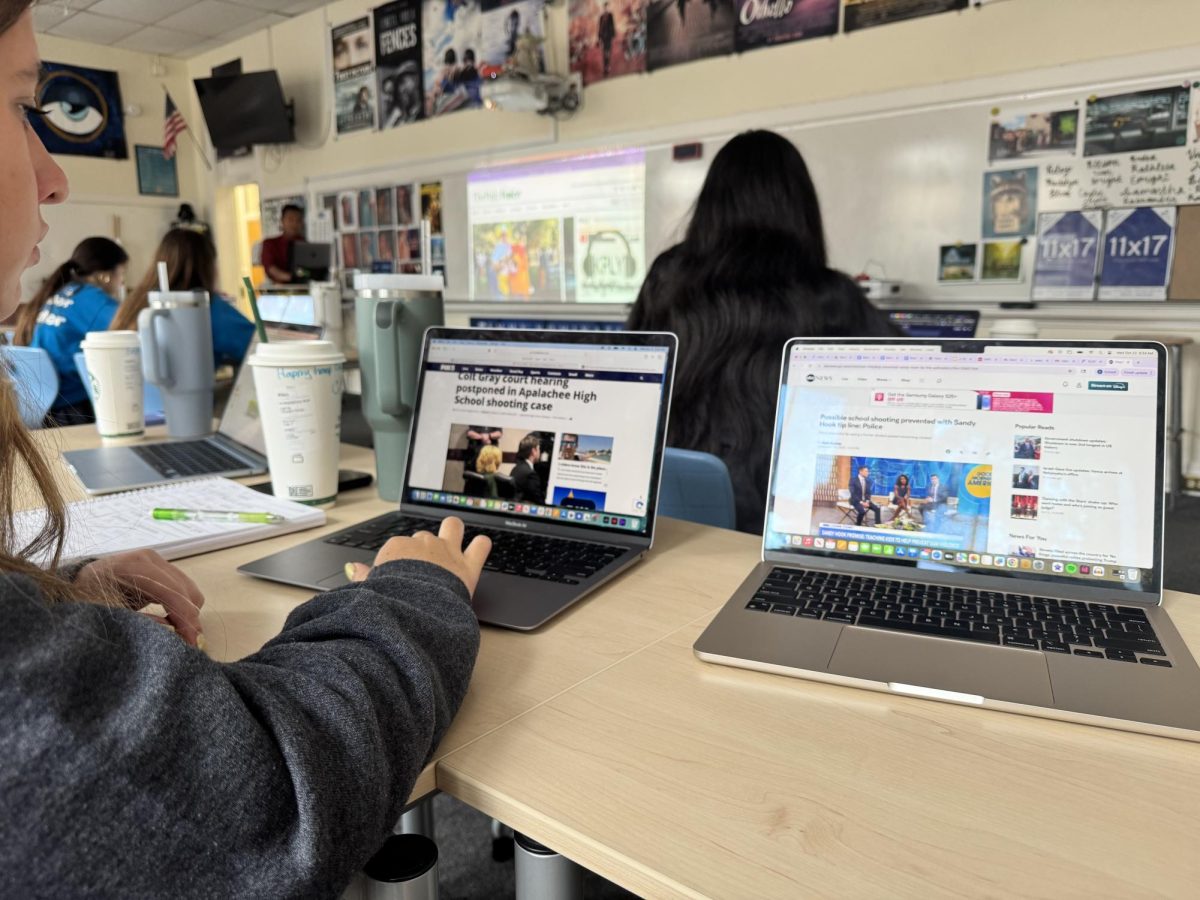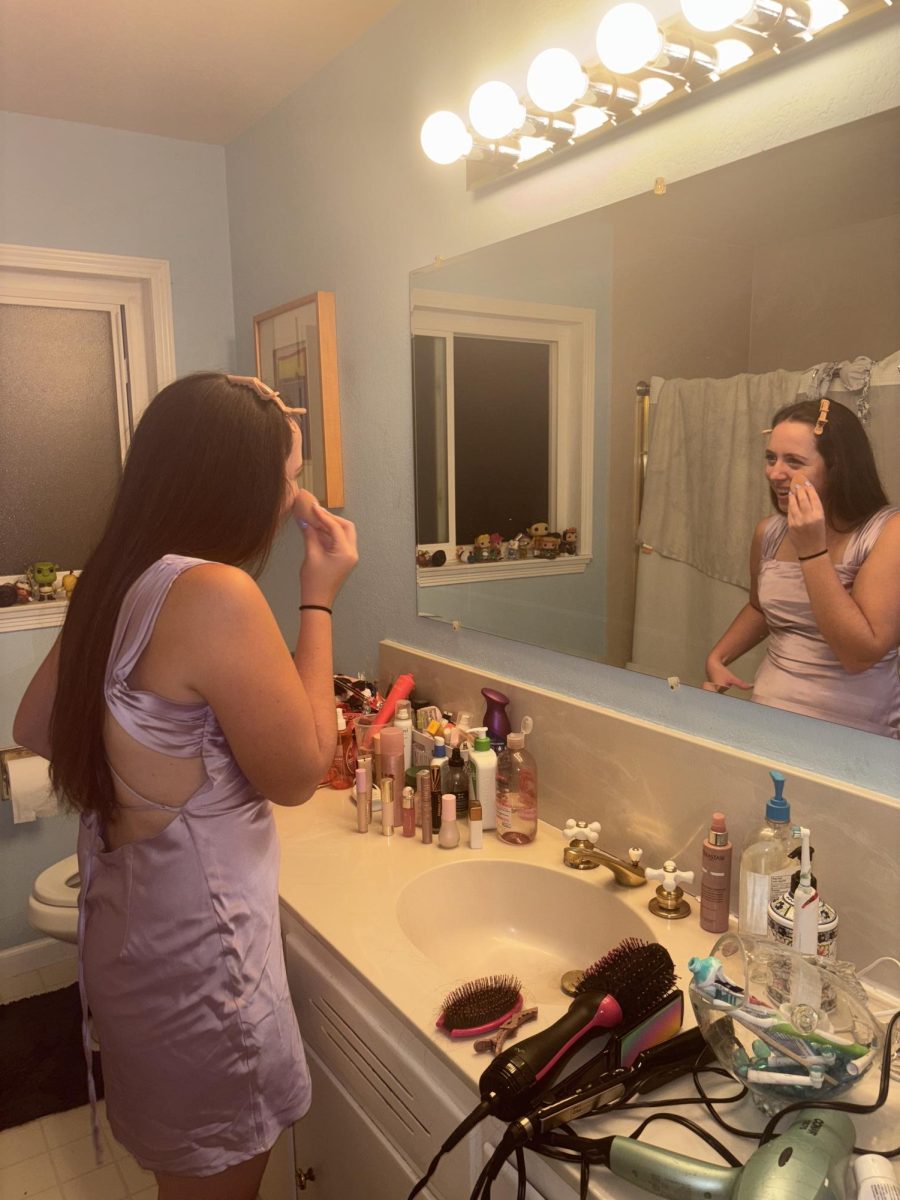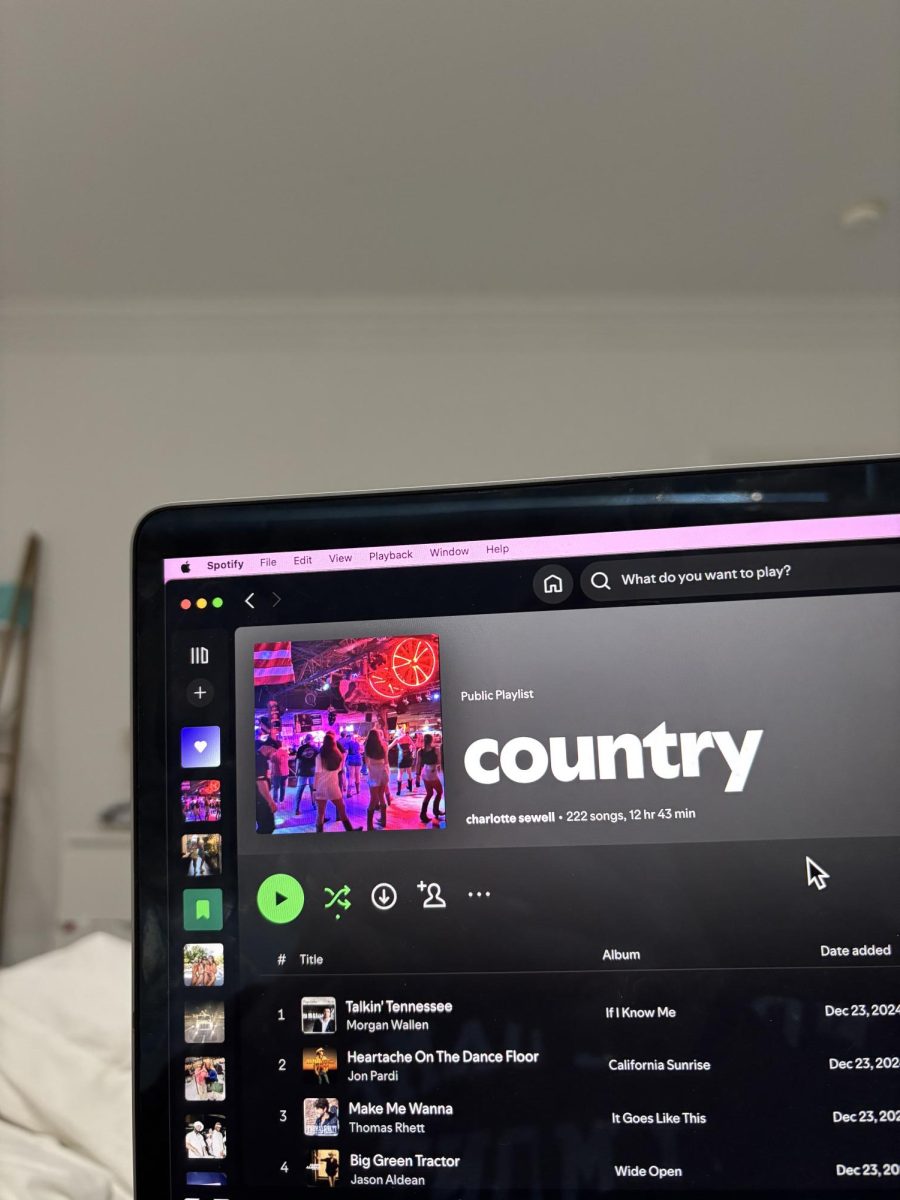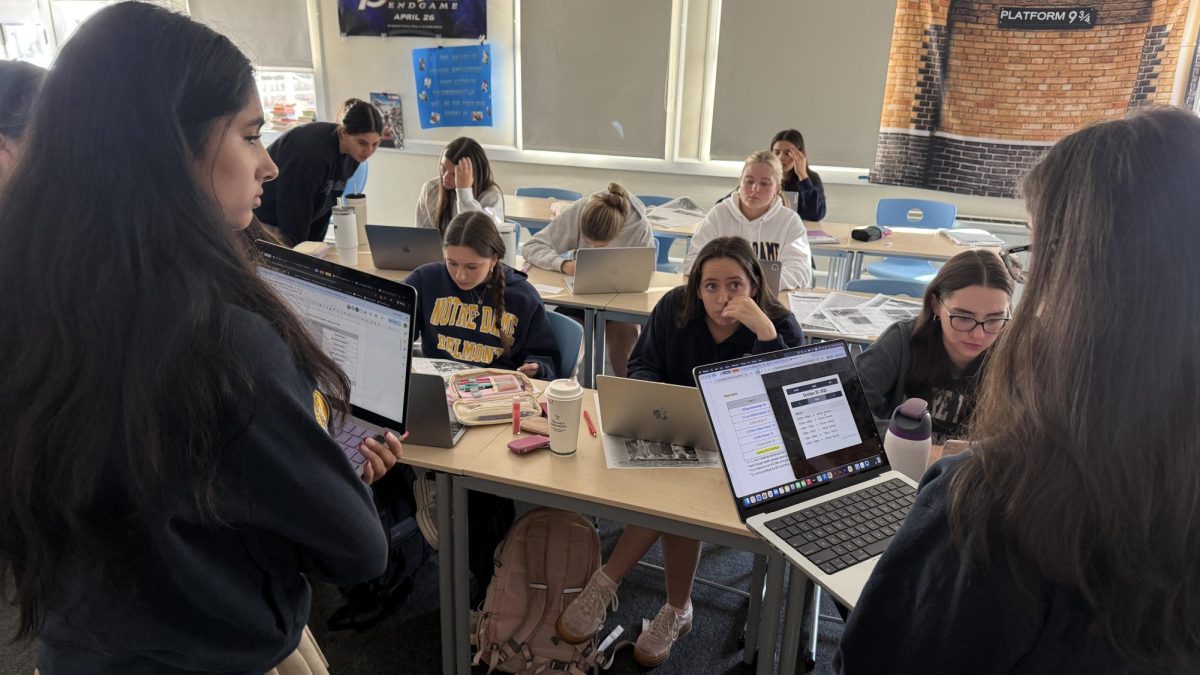What do your weekends look like? Do you go out with friends Friday and Saturday night and push all your priorities off until Sunday before school? Or do you get all your work done on Fridays after school so that you have the weekend off?
Many students, especially high schoolers, have a difficult time managing their time on weekends when only two days off seems so limited, and time to catch up on their personal lives is calling to them. With such high expectations, many teens often feel guilty for spending too much time with their friends, and too little time at home studying for their next big exam, especially as standards continue to rise as the battle to get into a good college strikes.
Senior Ella Oldendorp explains, “I like to have fun with my friends, but I also care about school.”

However, these standards have not always been prominent for high school students. Look back to the typical 90’s high school experience, when the only worry for many students was what their outfits would look like to go out to the skating rink on Friday night with their friends. Students could easily have both academic and social lives, still leaving plenty of time to hang out at the local diner after school. Plus, little students had computers of their own so school life was not carried with them to their bedrooms where they could stay staring at a screen until the strict twelve o-clock deadline at midnight. Student life was far more stress free. (This is Why High School Was Easier (and Better) In The 90s).
So when did the big switch happen? When did students begin feeling forced to complete their history or calculus homework over spending a little time with friends? Particularly sparking in the late twentieth century and early twenty first century, modern contemporary changes in school and societal systems have significantly impacted the lives of students around the globe. With a constant accessibility to social media platforms causing students to compare themselves to other students worldwide, uncertain and changing job markets causes students to question if their education will truly make a difference for their future, not to mention for college admissions which are becoming increasingly more competitive. (How Long Has Academic Stress Been Around? History and Impact)
With this, the old ways of high school sociality is turning into countless stressful hours at one’s desk. But is there a way to find a healthy balance between the two? Can one be both a social butterfly and an academic weapon?
After asking senior student Fiona Guiney what she considers herself to be between the two, she replies, “I think I would consider myself both, because I like being social and spending time with my friends and hanging out, but I also like doing my work and getting it done and trying hard.”
It is a well known fact that the media often has an intense influence on adolescents’ minds, especially in terms of comparison. One day you could open up a social media platform, for example Instagram, and come across a video of a pre-med student who is also constantly going out with her peers. Has the media set unrealistic expectations for living two lives simultaneously, or is this lifestyle more untenable than we imagine.
Senior Olivia McGlynn explains her idea of a balanced weekend, stating, “I consider weekends as a time to catch up on my social life, but I also value homework, so I try to have a good balance and make sure I’m doing a little bit of both each day.”
To find a healthy balance between being a social butterfly and an academic weapon, it is important to make sure you build a schedule that makes sense to you. Whether that means completing your homework on a Friday after school because you want to have the rest of the weekend free or waiting until Sunday after you have had time to recharge. The important thing to remember is that there is no perfect student. Academic weapons, social butterfly or even both, all kinds of students should be valued for whatever style suits them.

